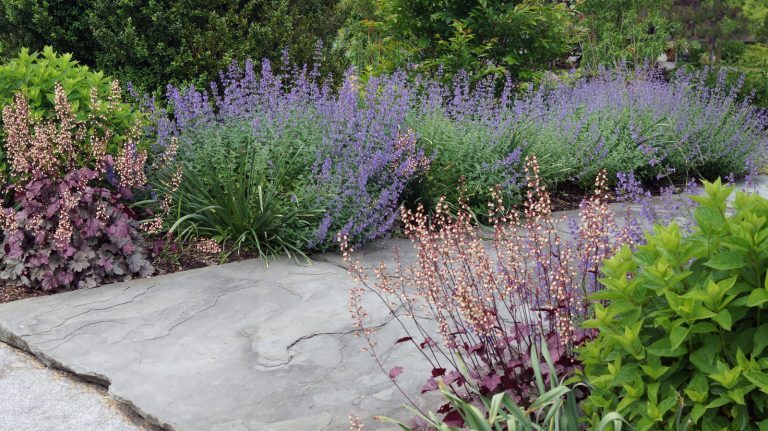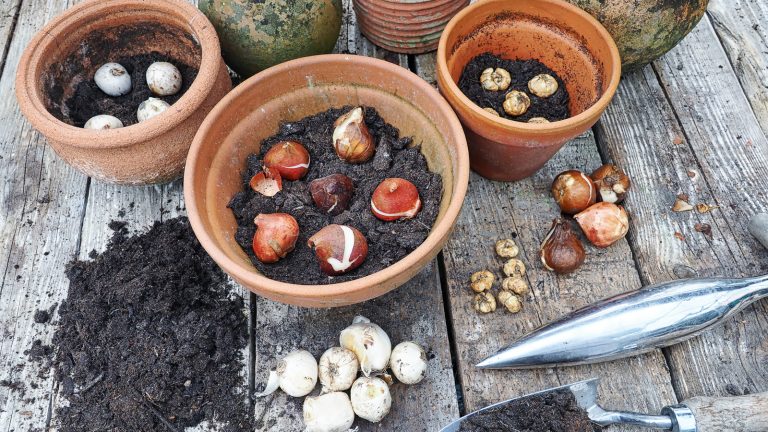
If you frequently order products online and receive them in cardboard boxes, you might soon find yourself with a stack you’re unsure how to handle. While they’re ideal for creating a no-dig garden, what if your outdoor space is limited? Instead of tossing the boxes into your recycling bin, consider reusing them to cultivate a healthy supply of potatoes. Although it may seem like cardboard boxes will fall apart when wet, they actually last long enough for you to grow a decent crop of potatoes.
Even those single-walled Amazon boxes stored in your garage can be utilized, provided you follow a few tips. First, place your box on a flat surface, such as your patio floor or a concrete path outside your back door, where it will remain throughout the growing period. Avoid moving it, as this can cause issues. If left undisturbed, the box should hold together for the duration of the season, typically 80 to 115 days, which is why many people plant potatoes around St. Patrick’s Day.
Tips for growing potatoes in cardboard boxes
To grow potatoes in cardboard boxes, YouTuber James Prigioni suggests lining the base of each container with dead leaves to retain moisture and protect the material. Alternatively, you could use a layer of straw, but avoid plastic as you don’t want water pooling around the potato roots. Proper drainage is crucial to prevent the tubers from rotting. Also, fold in the flaps of the box to help keep the sides from collapsing.
Ensure each box is at least 10 inches tall to allow space for hilling up more soil around the growing plants, which is key to achieving a bountiful harvest. Place your seed potatoes on top of approximately 4 inches of soil, then cover them with another 4 inches. As the plants grow, continue adding soil around the base until they start flowering. Top with more soil or mulch to prevent light from reaching the tubers, as exposure turns them green and toxic.
This method allows you to grow an impressive crop of potatoes without requiring much space. Simply reuse cardboard boxes or any other suitable containers with drainage holes, such as Styrofoam boxes, plastic tubs or buckets, or even a laundry basket. If you’re eager to try this, you might be interested in learning how to start your seed potatoes.






